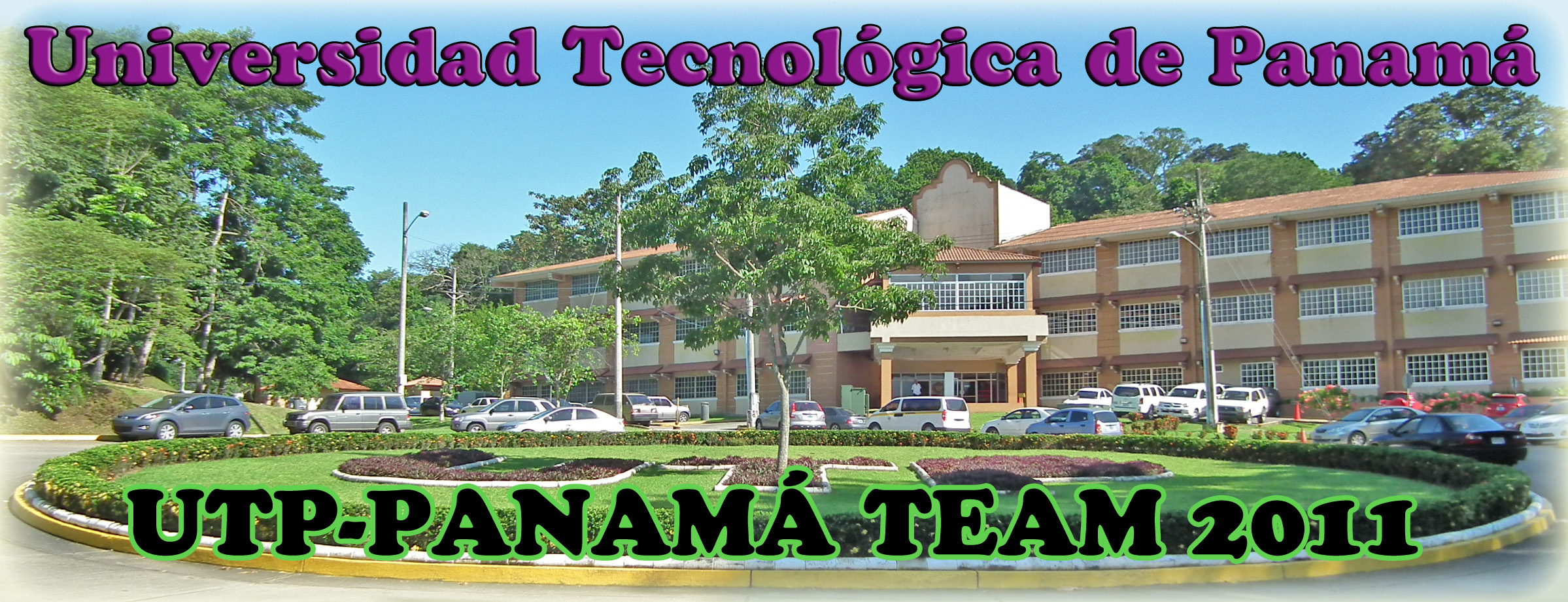Team:UTP-Panama/ Team's Perspective
From 2011.igem.org
(→II. TEAM'S ANSWERS) |
(→II. TEAM'S ANSWERS) |
||
| Line 51: | Line 51: | ||
'''Naicolette''': "Human Practices are possible, cause as there are smart ideas to do projects, there are smart ideas for their application, too. Among these applications we find both excellent and versatile uses and non-beneficial uses. Then, we need a good guidance to these ideas, not only between team members, but for those one are surrounding us (Reminding that we are living entities forming a system - society - and somehow those actions that we take affect others, starting a chain reaction). | '''Naicolette''': "Human Practices are possible, cause as there are smart ideas to do projects, there are smart ideas for their application, too. Among these applications we find both excellent and versatile uses and non-beneficial uses. Then, we need a good guidance to these ideas, not only between team members, but for those one are surrounding us (Reminding that we are living entities forming a system - society - and somehow those actions that we take affect others, starting a chain reaction). | ||
| - | - To achieve that orientation we need to know what we do. | + | - To achieve that orientation we need to know what we do.<br> |
| - | - A right orientation is a good basis on which we'll put the know knowledge. | + | - A right orientation is a good basis on which we'll put the know knowledge.<br> |
| - | - That orientation is the key for an adequate thought or reflection. | + | - That orientation is the key for an adequate thought or reflection.<br> |
| - | - With this we'll make better ideas and more probabilities of a positive development - in every way - on all synthetic biology | + | - With this we'll make better ideas and more probabilities of a positive development - in every way - on all synthetic biology projects that we do.<br> |
| - | + | ||
* It should be noted that it's not just for synthetic biology, but all other branches of biology and by extension, in all the sciences. | * It should be noted that it's not just for synthetic biology, but all other branches of biology and by extension, in all the sciences. | ||
Revision as of 19:50, 26 October 2011
|
Home |
Human Practices | Team's Perspective | Outreach | SB UTP 1.0 | SB UTP PROJECT 1.0 |
I. INTRODUCTION
II. TEAM'S ANSWERSWhat does it allow the existence of Human Practices in scientific projects? Dukakis: "Genetic manipulation has always been a controversial issue, an example is the clonation of the first mammal, Dolly the sheep, which further exacerbated the controversies. Years earlier, was the genetic manipulation of foods to make them resistant to pests and get better features, which began the debate on the necessity and the consequences of this practice. Recently there has appeared a new discipline, Synthetic Biology, and taking into account this background it is important in order to avoid prejudice and misconceptions,deeply assess the impact and implications of this discipline. Moreover, creating awareness in society about the benefits, risks, utilization and impact of Synbio for society in general as well as for science and technology. So I think it has been necessary to include within iGEM "Human Practices" to address the above."
Therefore it is strongly justified to implementing Human Practices because otherwise the applications that are planned to be develop will lack of purpose if they are not intended to improve the human life, animal and our planet. Awareness and a clear assimilation of the concepts of synthetic biology is the primary objective of Human Practices aspects in all iGEM competition projects."
The most common example is the production of food: making plants resistant to pests, more profitable or more nutritious. In the medicine is also used to produce new drugs and therapies that help to save lives. At the same time human practice also motivate researchers to develop useful projects for humanity. Who does not want to go down in history as the one who changed all the mankind for the good?"
- To achieve that orientation we need to know what we do.
III. CONCLUSION |
 "
"

